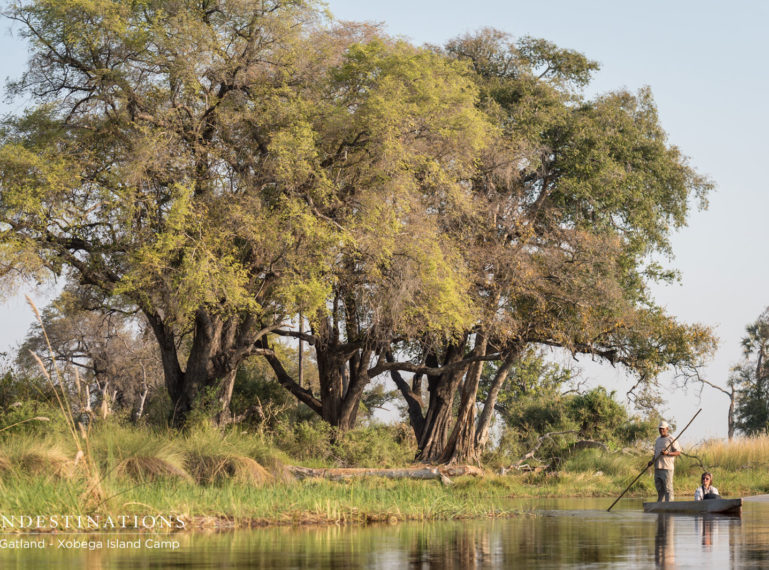
There is absolutely no doubt about it: the finest way to see the Okavango Delta, hands down, is from inside a mokoro, and for very good reason.
Mokoros are hand-crafted dugout canoes hewn from a single piece of timber. Craftsmen often used to use the wood of the Kigelia or sausage tree for its lightness, buoyancy, and the fact that it is relatively easy to work because it is quite soft. Nowadays, different materials are used to craft mokoros due to the rapid decline of sausage trees in the area.
Unlike many other kinds of canoe found around the world, mokoros are paddled from a standing position in a manner reminiscent of the gondoliers of Venice.
There are many reasons to include a mokoro experience in your visit to the Delta. The first of these is that mokoros are absolutely silent, which means you’ll be able to approach birds and wildlife without disturbing them in the slightest. When you’re in a mokoro, you’re just another part of the natural scene; wildlife in this part of the world have been sharing space with mokoros for hundreds, if not thousands of years!
The second reason – which follows neatly from the first – is that mokoros are an authentic and long-standing part of the Okavango environment. Being inside a mokoro, without a canvas awning, windows, or a roof, and being so very close to the waters of the Delta means being just about as close to the Delta wilderness as possible, without actually going for a swim!
Timber for the mokoros is sourced locally too – every bit of the experience is local, natural, and authentic. As you pole your way through the pristine waters of the Okavango – at a necessarily relaxed pace – you’ll find yourself closer to this incredible piece of the natural world than you ever imagined was possible.
A leisurely trip through the Delta on a mokoro is timeless and unforgettable. While there is nothing wrong with seeing this area from a vehicle, motorboat or aeroplane, none of these things are quite the same as spending some time in a rough-hewn boat with the poler’s legs right behind you and nothing but the sound of his oar moving through the water to disturb the absolute tranquillity of the place.
Xobega Island Camp, situated in the heart of the Okavango Delta, is the perfect place make use of the advantages of the mokoro, surrounded as it is by lagoons and serpentine waterways teaming with bird and wildlife. Mokoros have a special significance here too: the word xobega translates as “crossing” in the Wayeyi (river bushman – the original inhabitants of the Moremi region) language.
There is a long history of human activity in this area, and Gcobega Island was once a stopover during seasonal movements of livestock herds and the people dependent upon them. The mokoro was a – if not the – most important tool in their arsenal as they navigated the waterlogged landscape of the Okavango long before the advent of motorized boats and light aircraft.
This practice – the seasonal movement of people and livestock, primarily cattle – is called transhumance, and it was the most common form of animal husbandry practised in Southern Africa prior to the arrival of Europeans. The first Europeans in fact adopted this practice themselves!
To experience a trip on a mokoro around the Xobega lagoons is also to experience a little piece of living history, to see the world through the eyes of the landscape’s original inhabitants, if only for an hour or two. There is no better way to interact with this landscape or environment and there is certainly nothing as peaceful and unobtrusive. This, combined with the thrill of viewing animals like hippopotamus and elephant while perched just a few inches above the water puts the mokoro experience right where it belongs: near the top of the good old bucket list.
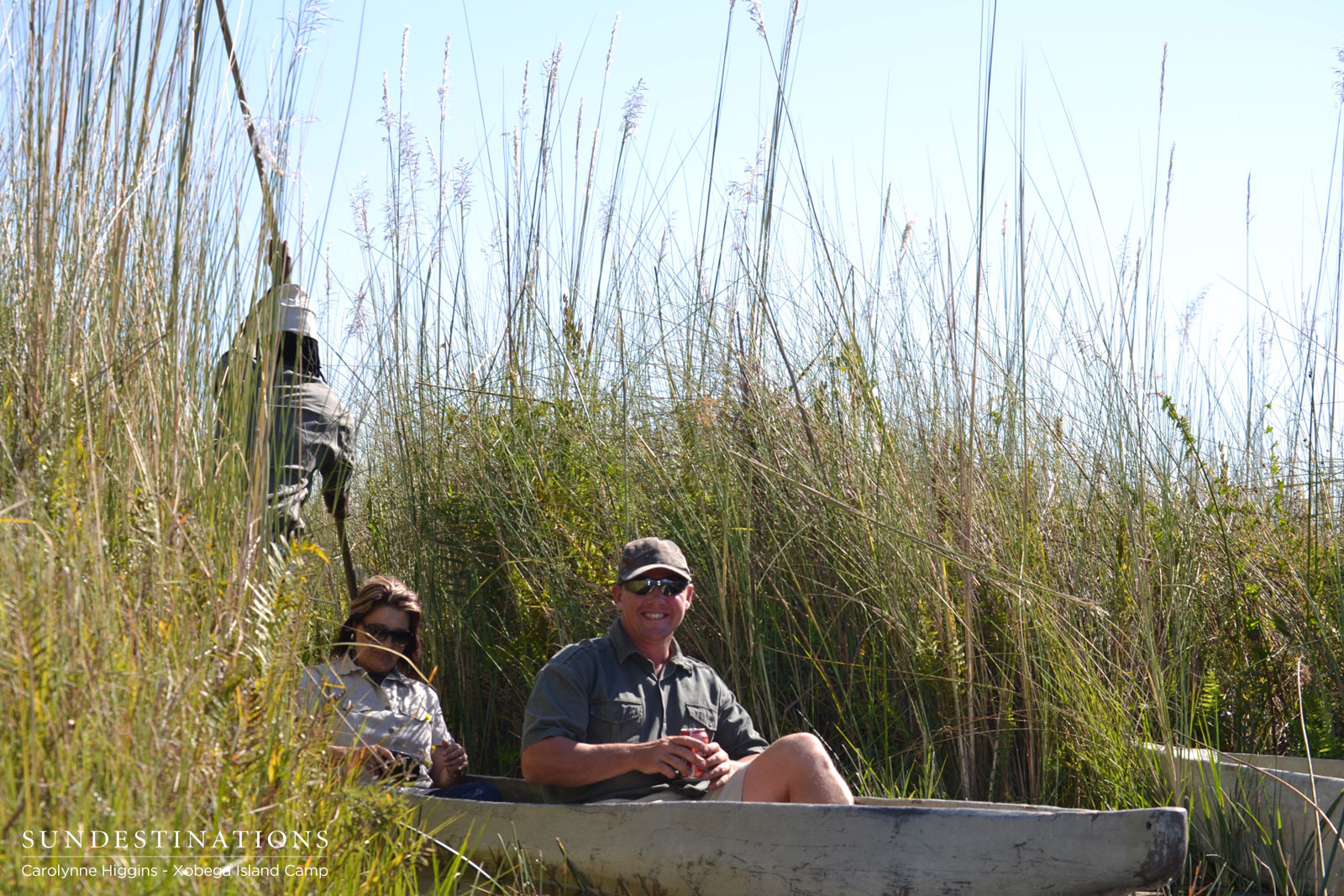
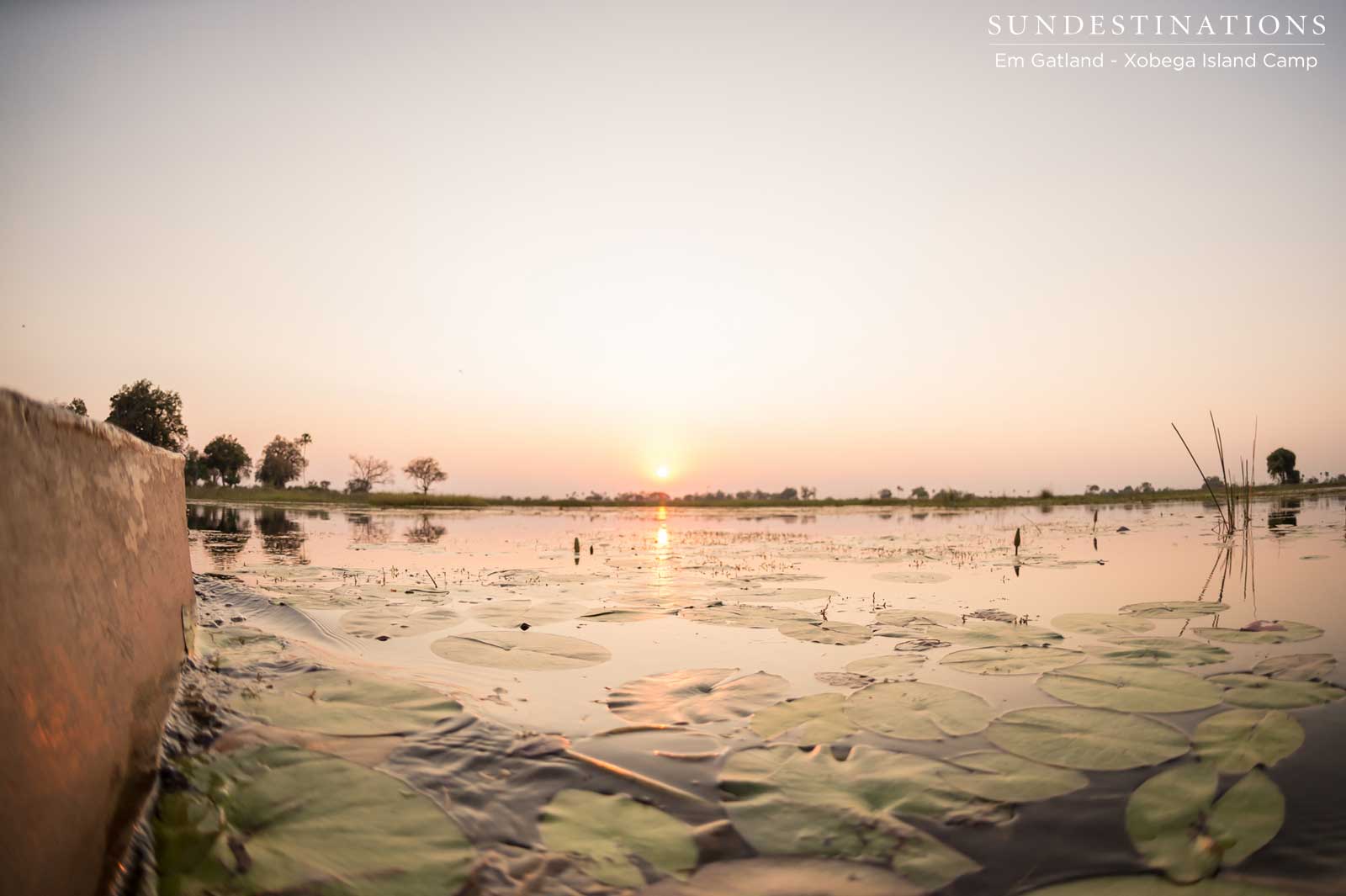
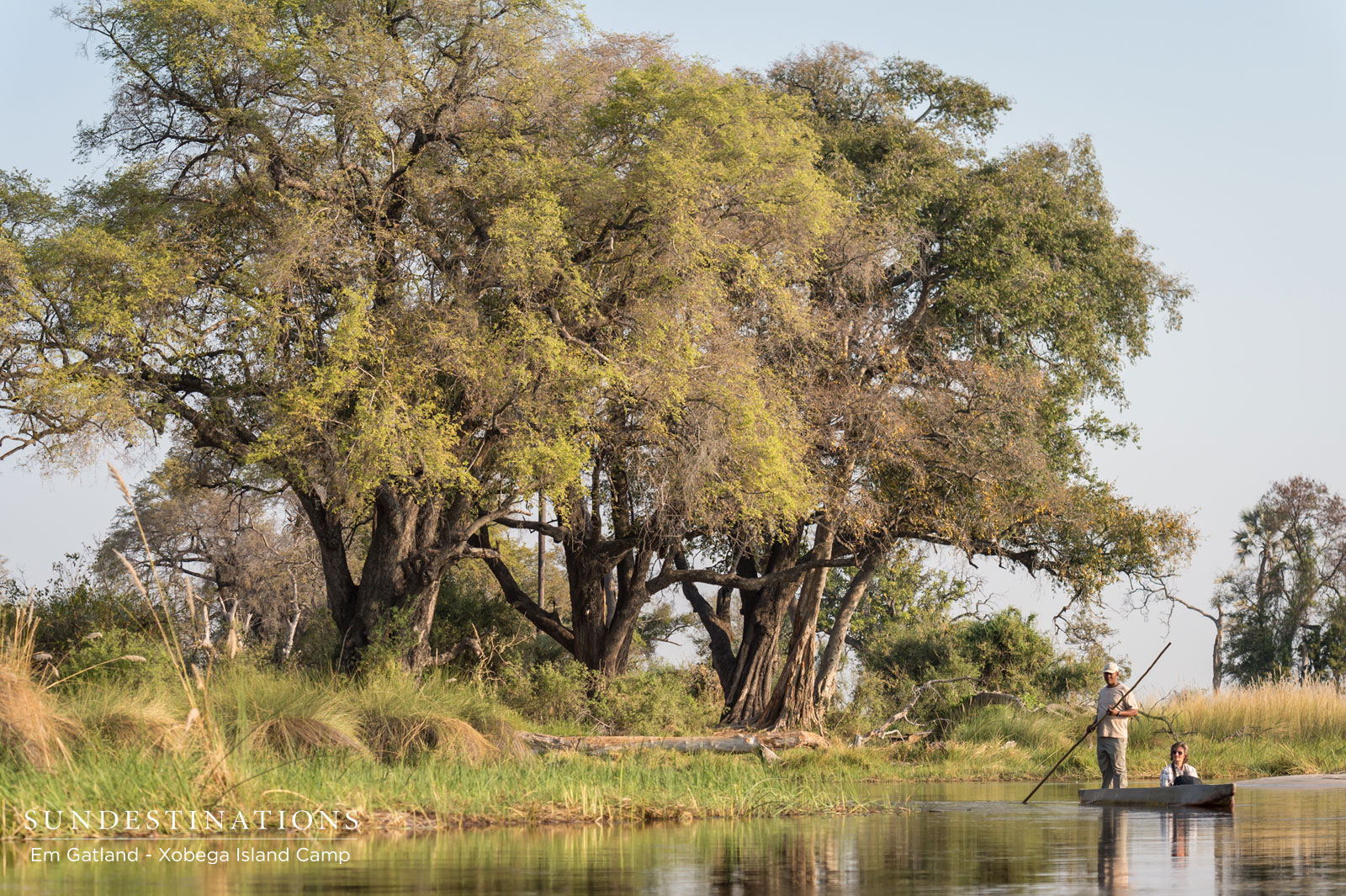
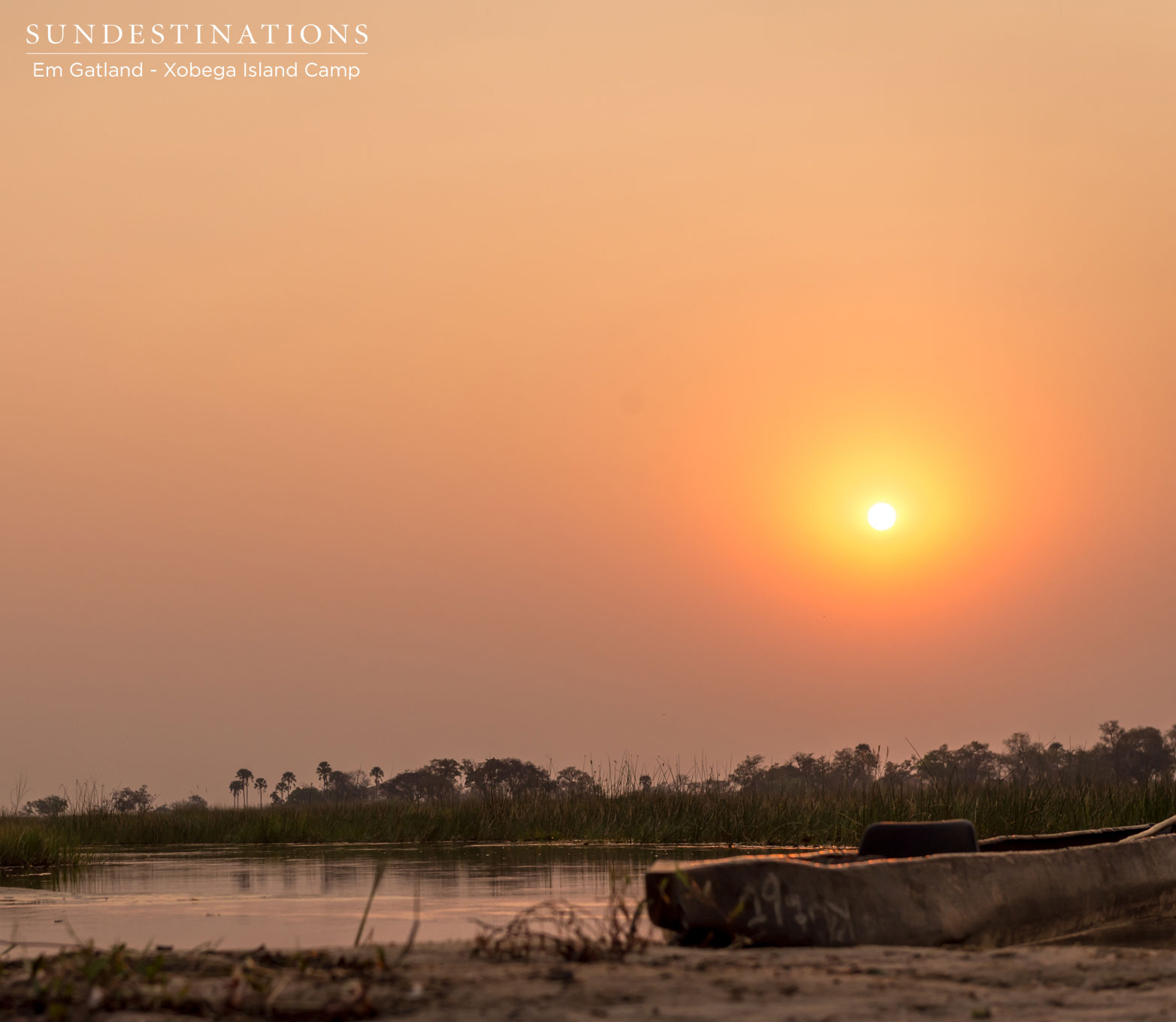
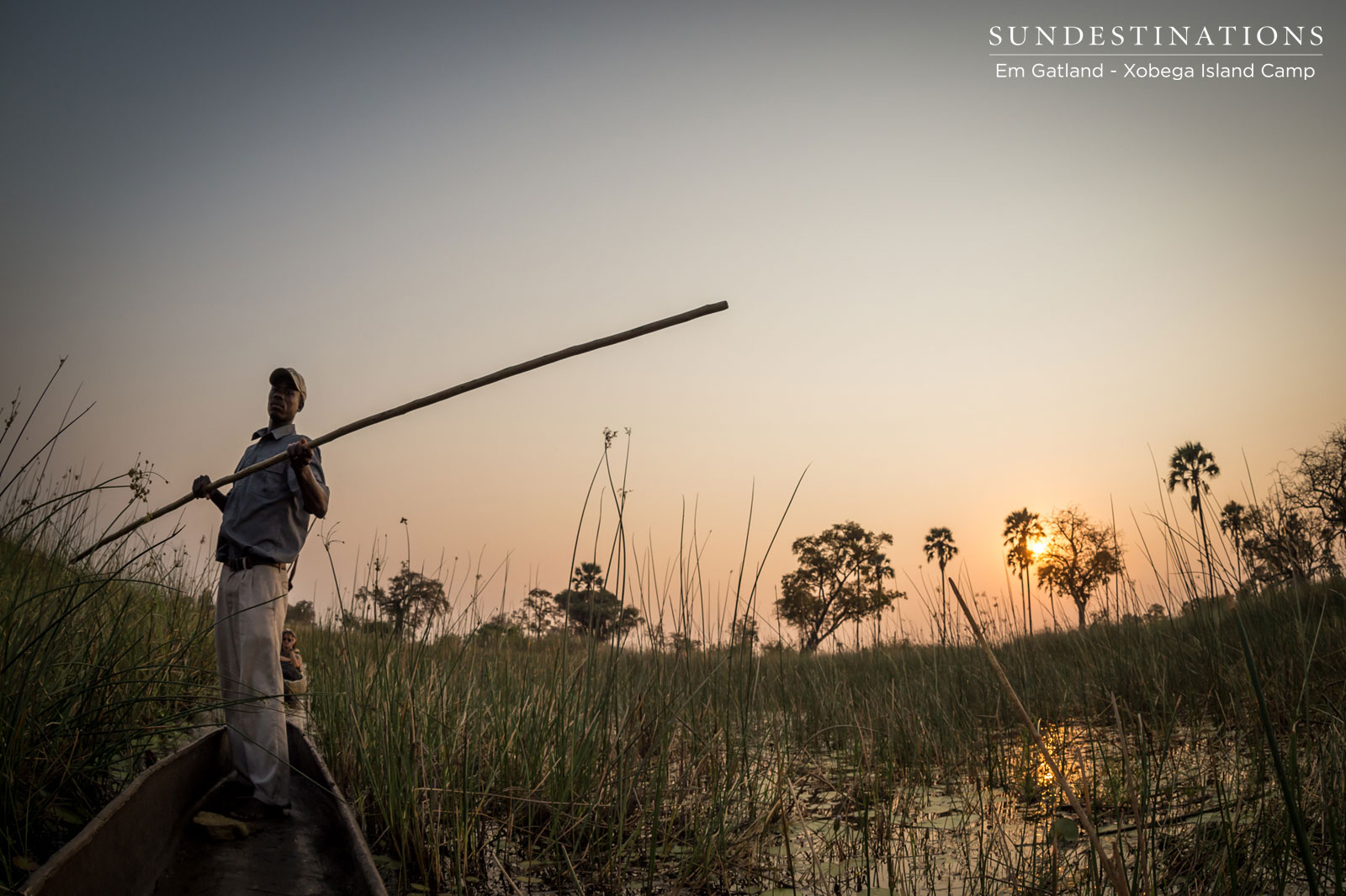
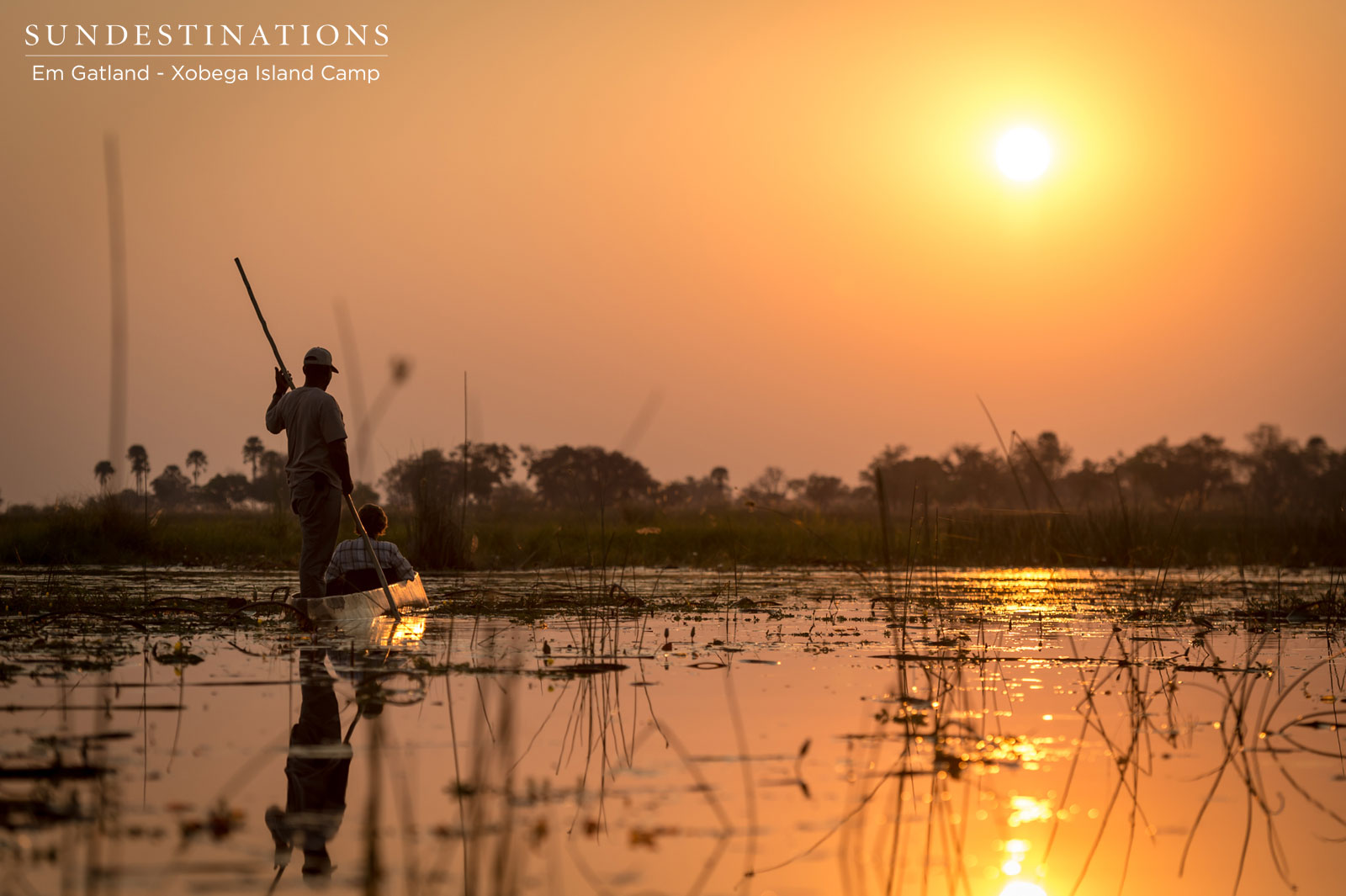
Leave a Comment